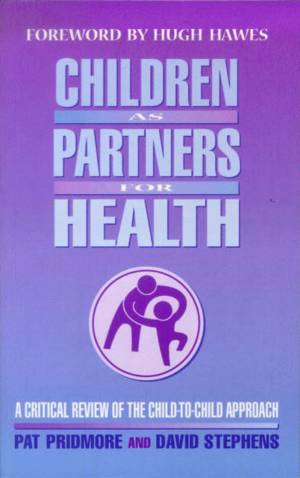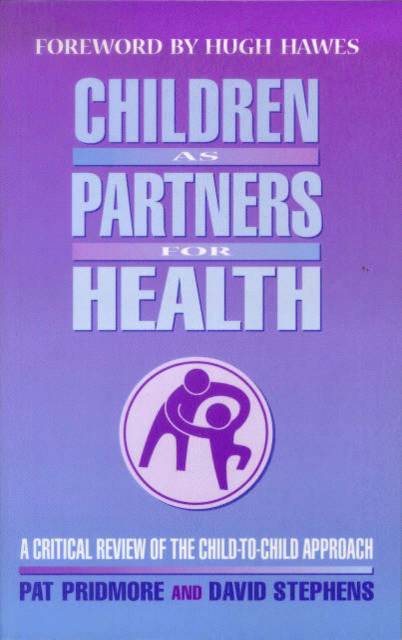
- Afhalen na 1 uur in een winkel met voorraad
- Gratis thuislevering in België vanaf € 30
- Ruim aanbod met 7 miljoen producten
- Afhalen na 1 uur in een winkel met voorraad
- Gratis thuislevering in België vanaf € 30
- Ruim aanbod met 7 miljoen producten
Children as Partners for Health
A Critical Review of the Child-To-Child Approach
Pat Pridmore, David StephensOmschrijving
This book critically reviews the innovative approach to health education known as Child-to-Child, now being used in over 80 countries. This approach advocates children being seen as active promoters and not just receivers of health. It has been profoundly influenced by the Declarations on Health for All (1978), Education for All (1990) and the Convention on the Rights of the Child (1990) which have led to wide-ranging debate on effective strategies for achieving their ambitious goals. This book explores how far child-centred philosophies such as Child-to-Child, which have been largely articulated in the West, can work in cultures where people do not necessarily share current Western assumptions about the role of the child in society.
The authors analyse the theories and concepts underlying Child-to-Child and the reasons for its rapid spread. Theory is then compared with practice, drawing on case studies from both industrialised and Third World countries. Lessons are drawn from its successes and failures; implications made clear for policy makers, planners, implementers and evaluators; and recommendations suggested for future action and researchSpecificaties
Betrokkenen
- Auteur(s):
- Uitgeverij:
Inhoud
- Aantal bladzijden:
- 208
- Taal:
- Engels
Eigenschappen
- Productcode (EAN):
- 9781856496353
- Verschijningsdatum:
- 1/03/2000
- Uitvoering:
- Hardcover
- Formaat:
- Genaaid
- Afmetingen:
- 139 mm x 222 mm
- Gewicht:
- 399 g

Alleen bij Standaard Boekhandel
Beoordelingen
We publiceren alleen reviews die voldoen aan de voorwaarden voor reviews. Bekijk onze voorwaarden voor reviews.











